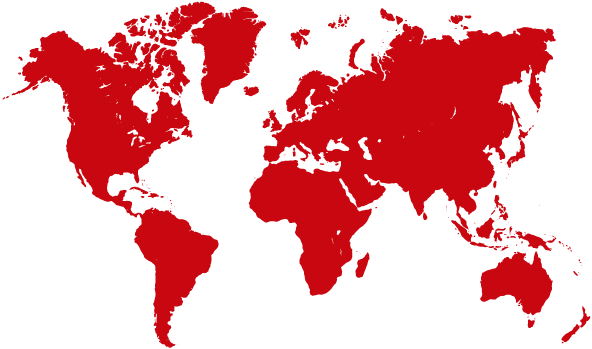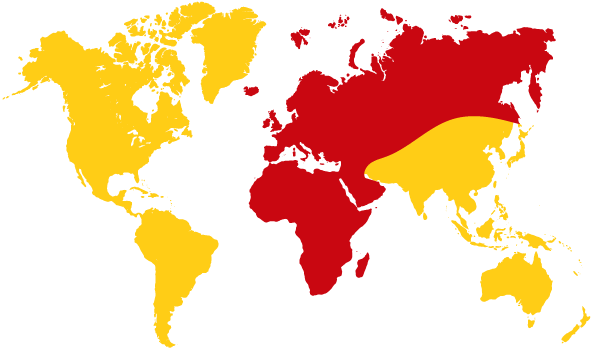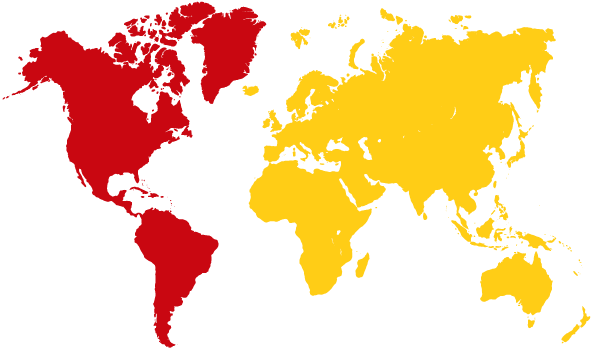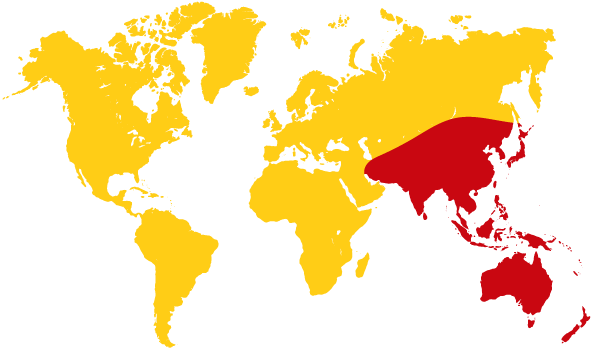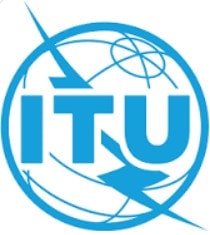During the period 7–13 September 2022, the IARU once again participated in the preparatory work for WRC-23 agenda item 9.1b in ITU‑R Working Party 4C (WP4C). The IARU summary report on the WP4C meeting can be found here.
Updated studies were provided by France and new studies were contributed by the Russian Federation (GLONASS), China (COMPASS) and Japan.
The IARU provided a contribution providing information agreed in WP5A highlighting the low duration of “busy times” for amateur activities in the 23cm band. This information was adopted into the draft report. Whilst the studies confirm the potential for interference to occur into co-frequency RNSS receivers in almost the entire band, all the studies have assumed only static scenarios without any consideration of the geographic distribution and density of amateur transmitters or the temporal aspects of amateur or RNSS operations. Some studies take account of antenna patterns, but many results and conclusions focus only on worst case main beam consideration. The IARU Region 1 has published a commentary document on these aspects available here.
As a result of these studies and the regulatory status of the amateur service allocation, our ability to operate in certain parts of the band and at the power levels allowed today is likely to be constrained if regulators want to protect the RNSS receivers. This discussion will continue in the development of the Guidance Recommendation in ITU‑R WP5A.
WP4C plenary agreed to elevate the document to Draft New Report status and passed it to Study Group 4 (SG4) for adoption. Therefore drafting work is complete.
Study Group 4 met on September 23rd and adopted the report for publication. IARU is totally engaged in the discussion that will continue in WP5A to ensure that the amateur services can continue to develop in this band and allow all the amateur applications in use today to continue.
